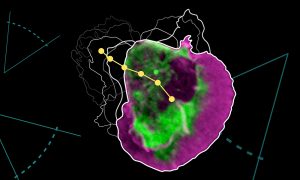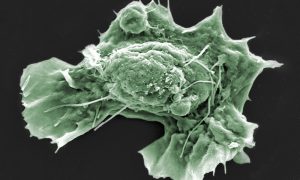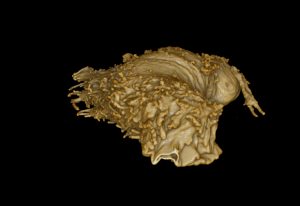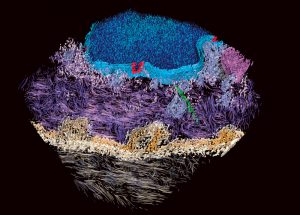
Understanding how cells avoid obstacles
EMBL researchers have identified a novel mechanism that allows cells to sense obstacles in their path and avoid them while navigating complex environments.
SCIENCE & TECHNOLOGY2023
sciencescience-technology
Showing results out of

EMBL researchers have identified a novel mechanism that allows cells to sense obstacles in their path and avoid them while navigating complex environments.
SCIENCE & TECHNOLOGY2023
sciencescience-technology

EMBL alumnus Kai Simons did early work with Semliki Forest virus membranes, which is now central to a COVID-19 vaccine.
SCIENCE & TECHNOLOGY2021
alumniscience-technology

Scientists in the Diz-Muñoz group at EMBL Heidelberg are working to build understanding of the role that mechanical properties play in affecting cell behaviour – a young and rapidly developing field of study. They have developed and successfully used a highly specialised technique to manipulate…
SCIENCE & TECHNOLOGY2020
sciencescience-technology

The image shown here is a 3D-rendering created by Julian Hennies from the Schwab team.
SCIENCE & TECHNOLOGY2020
picture-of-the-weekscience-technology
This may look like yet another video of a dividing cell, but there’s a catch. You are looking at chromosomes (red) being pulled apart by the mitotic spindle (green), but it’s not a cell, because there’s no cell membrane. Like a child sucking an egg out of its shell, Ivo Telley from the…
SCIENCE & TECHNOLOGY2013
sciencescience-technology
Scientists at the European Molecular Biology Laboratory (EMBL) in Heidelberg, Germany, have combined the power of two kinds of microscope to produce a 3-dimensional movie of how cells ‘swallow’ nutrients and other molecules by engulfing them. The study, published today in Cell, is the…
2012
sciencetechnology-and-innovation

Seeing proteins in their natural environment and interactions inside cells has been a longstanding goal. Using an advanced microscopy technique called cryo-electron tomography, researchers from the European Molecular Biology Laboratory (EMBL) have visualised proteins responsible for cell-cell…
SCIENCE & TECHNOLOGY2007
sciencescience-technology
No results found